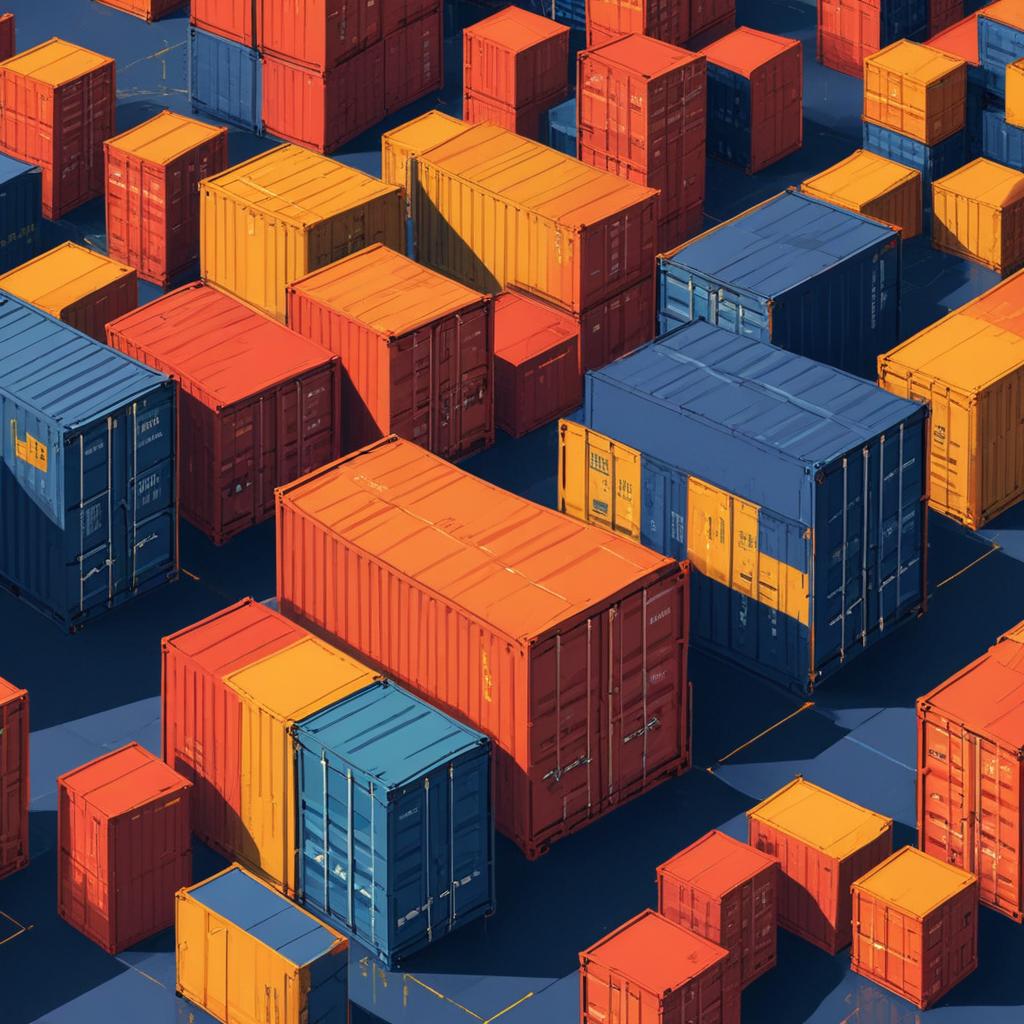Kata Containers: Enhancing Security in Containerized Environments

Kata Containers, an open-source software that provides a unique blend of container technology and virtual machine security, emerges as a solution to the existing challenges in the field of software engineering and cybersecurity. Software isolation and container security are some major hurdles faced by traditional containers. This technological advancement, however, proposes a solution to those issues.
The core concept of Kata Container is based around the following key ideas:
- Performance Monitoring: The security measures are heightened; however, performance remains consistent as with traditional containers.
- Integration: Kata containers, is easy for developers with prior experience as it integrates with existing technologies – Kubernetes, and containers.
- Security Measures: Compared with traditional containers imported with hardware virtualization, Kata container ensures robust workload isolation, making it more secure.
The future prospects for Kata Containers in various fields are endless, especially those that require utmost security and performance, such as banking and healthcare. Such industries would highly benefit from stringent data protection and compliance measures. As identifying and addressing complex security issues becomes the norm, a large number of applications emerge as challenging; hence Kata containers are a vital resource.
While the merits are noteworthy, some assumptions need further scrutiny
For instance:
- Dependence on Hardware: Because of a dependency on hardware virtualization, there is a question of performance differences depending on the system or configuration in use. Do less than ideal environments suffer from this?
- Overcoming Legacy Issues: The claim that Kata Containers solves already existing security threats in classic containers has an inherent presumption, which is that all of these threats can be solved. Still, more things could be injected with the term of deployment.
While the promise of this technology is greatly appealing, other methods of ensuring container security, such as service mesh technologies, might afford similar or better safety mechanisms without adding extra layers of virtualization. Users must assess these tradeoffs to take decisions appropriate to their particular requirements and limitations.
However, now I believe there is a need to look at everything from a broader perspective: even if the functionalities, including compatibility with say AI or ML, can be developed, the key question remains; would it work for people? For instance, whether a technology needs to be integrated into an already existing ecosystem arises. They are users able to shift the immersion of the system in the right direction through their operational flexibility enhancement, or do they worsen it round and round the globe?
In its current phase, the Kata Containers initiative certainly provides a useful structure to plug important holes in the container security. Concern stakeholders should be added to carry out some practical exchanges and find out the versatility of the project beyond the Kata security cloud.
What remains a positive aspect in all of this is still the core description: Kata Containers promise a new and better way of managing containerized applications more securely, and some of these innovations have yet to be developed. But as ever, good judgment will be essential for the proper roll-out and application of the moving parts.
Most importantly, at DiskInternals, we take pride in being able to provide coherent and reliable data management services because we understand the core aspects of these procedures. Our background in the creation of data recovery programs for virtual and physical solutions allows us to envision what it means to be in a data loss scenario. We not only offer data recovery services, but we also provide solutions to help prevent these issues in the future. Our background is relevant in every respect for the applications such as Kata Containers, ensuring safety and continuity of operations all at once.